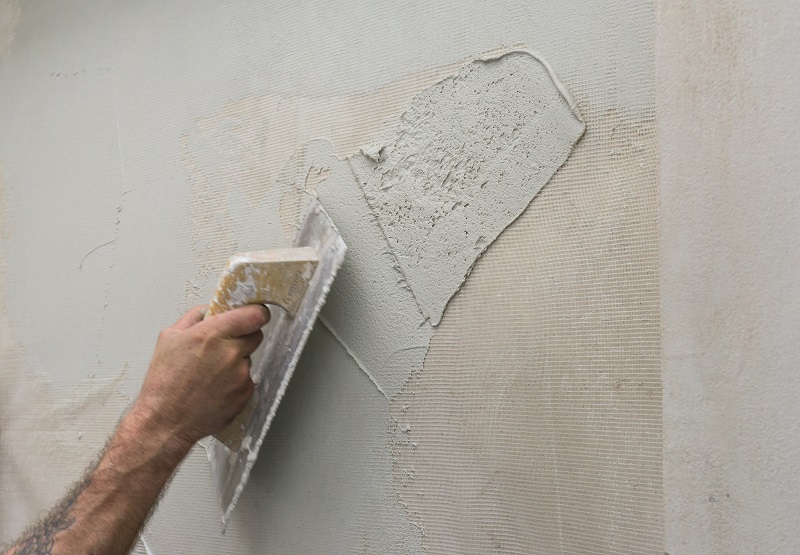Microcement has now become a trend in decorating personal as well as professional places to give an aesthetic finish. Microcement is still continuously used as a decorative material among business owners, interior designers, or homeowners. Another name for microcement is micro-concrete i.e. a polymer composite coating based on water-resins, cement, additives, and mineral pigments.
This coating can be easily applied to thin walls, floors, stairs, and ceilings. With its bonding power, this cement-based coating can be applied to existing surfaces including concrete floors, tiles, or woods. This microcement comes in a wide range of finishes and textures that is easy to apply.
Microcement is a perfect option for the people who need aesthetic floor finish without having any major construction on the floor, as it can be easily applied to cover any surface including concrete, cement, tar, tiles, woods, plastic, or metal. Because of its great finish and versatility, the interior designers for its aesthetic appeal are now recommend microcement.

Does Microcement Require Maintenance?
Microcement does not need any type of joints, which makes it easy to clean and maintain. If the professionals carry out the process of sealing and waterproofing correctly, it does not leave any chance to get stained, which makes them easier for maintenance. However, for greater durability and aesthetic properties, it is essential to perform timely maintenance. The microcement surface is easy to clean by simply using water or neutral soap.
If microcement is applied on the surface of the floor, then it is important to use diluted polished wax to restore the protective layer of the material. It also offers high resistance in traffic areas or areas exposed to corrosive use for cleaning products. This is why, the demand for microcement has been spread worldwide that contributes to the maintenance by avoiding any type of dirt and germs.
Difference Between Polished Concrete And Microcement
Polished concrete and microcement do not share the same characteristics. Polished concrete needs a coating of thickness 5 to 7 centimeters as compared to microcement, which only requires a thin coating of 2 to 3 millimeters. It can be seen that the structural weight of microcement is significantly lower than that of the polished concrete.
Moreover, polished concrete can only be applied horizontally. On the other hand, microcement can be easily applied vertically, as well as horizontally without any difficulties. We have seen the application of microcement over a decade ago now. Moreover, in recent years, the application of microcement has been increased significantly throughout the world, which makes the best choice for using microcement for renovation work. Microcement also offers multiple choices with great resistance to shock, scratches, impermeable, and chemicals.
What Are The Types Of Microcement?
As microcement are now used worldwide, it becomes necessary to choose different styles and textures according to the need of the consumer. Thus, according to the work requirement consumer can choose microcement from 5 different types. These are following:
- Microstone: This microcement is especially made for exteriors that offer a uniform color and appearance similar to that of stone. It also provides thick texture with non-slip properties.
- Microbase: This microcement is ideal to acquire rustic floors and walls with an irregular form of texture from an artisan perspective that can be used as a preparation base for other finishes.
- Microdeck: For the areas with high traffic, this microcement is ideally used. It offers high resistance property with a medium texture that can withstand intense traffic.
- Microfino: With a fine texture, this microcement coating is generally used for walls that provide a finished watermark effect.
- Aquaciment: With high resistance to salts and chlorine, this microcement is ideally used for coating swimming pools and ponds.
Microcement is a product with many types of distinct features. It is a great product for giving final additions to your construction, as well for achieving unique textures to your walls for the purpose of adding aesthetic value.




